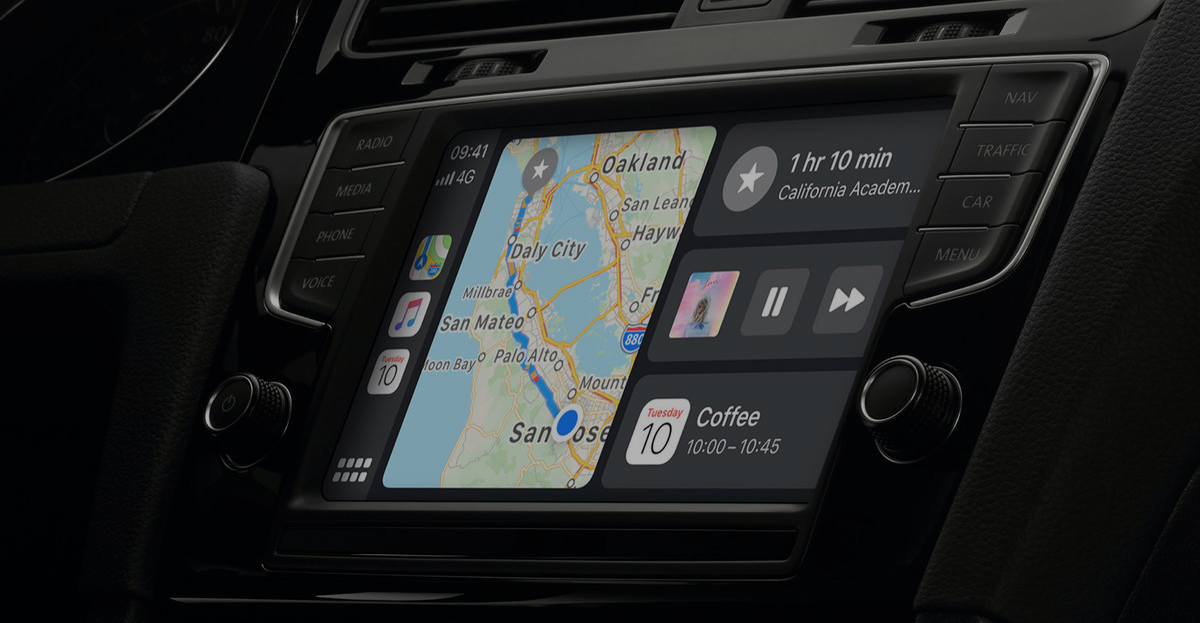Accessibility Features To Consider When Building An App
Aside from the copious number of features you could include in your app, other functions need to be considered beyond the scope of “what the app does’” – app-accessibility features enable users with specific needs to enjoy the UX as intended. Because accessibility devices are still fairly uncommon and may lack comprehensive compatibility, businesses should consider using accessibility features built into the OS for their app.
The idea of UX is rooted in the idea that every user is fully engaged by the design and functionality of an app. It’s important to acknowledge the fact that there are 61 million adults in the US alone living with a range of physical disabilities who need to be considered when developing an app. Here, we’re going to further discuss why these features are important and touch on the features Android and iOS natively offer.
Why do you need accessibility features?
As we mentioned above, the sheer number of Americans with disabilities tells us that many conditions could be affecting your potential users. A significant number of individuals are living with problems ranging from sensory deprivation or loss of physical mobility issues that stem from birth defects, injuries, or illness all of which affect their ability to use smart devices as intended.
These users face many challenges which can be mitigated if developers would take the time to ensure that their app is as operational as possible. While there are pushes from the government entities like the UN for assistive technology devices, it’s also possible to simply use tools embedded in device OSes to assist users with special needs.
Making devices more operable improves the livelihood of certain users by making a huge impact on performing certain tasks. For example, some apps that are designed to operate household appliances or interface assistive devices reach new levels when a user can easily interface with them on a smart device – devices like Google Nest make it easier for those with limited mobility or range of motion to easily interact with their thermostat.
While this seems small, it goes to show that those of us living without disabilities can take such things for granted. Adding app-accessibility features, regardless of what your app does, ensures that your UX levels the field to accommodate everyone.
In addition to the ethics of making apps highly accessible, efforts are underway to ensure that users who need special accommodations are adequately represented. The W3C has a mobile accessibility initiative that serves as a guideline for everything from “mobile web content, mobile web apps, native apps, and hybrid apps using web components inside native apps.” Businesses are urged to check out section 2 for a comprehensive look at pain points for disabled users.
App accessibility features in Android and iOS
Each operating system comes with a stack of development tools that can help users with specific needs as well as simply provides a more convenient way for other users to interact with an app.
Making accessible Android apps
The Google platform offers a few different accessibility tools that developers can use to make their app more accessible to everyone.
First, developers should take note of Google’s guidelines for developing an accessible app as there are some concrete examples for accommodating different conditions through layout and text size. Developers should also familiarize themselves with the “Principles for improving app accessibility” guide as this covers both programming best practices as well as certain discusses embedded tools like TalkBack, Switch Access, Label elements, and others that developers can easily pull into their app.
One of the best ways outside of manual testing for accessibility is to take advantage of the Accessibility Test Framework which checks within an app’s Espresso tests. Running this single line of code can pick up areas where code is missing or incorrect with regards to accessibility best practices.
For greater visibility into app-accessibility issues, developers are urged to try the Accessibility Scanner as this tool looks through an app to make suggestions for accessibility improvements. Used in conjunction with manual testing and the Accessibility Test Framework, it becomes simple for developers who understand accessibility guidelines to integrate these features properly.
Making accessible iOS apps
Apple also offers special tools that allow developers to make their apps highly accessible to everyone plus, they provide a built-in accessibility app that is designed to overlay with just about any app to make it accessible as possible.
The thing is, developers should avoid relying on using the native accessibility app as included in iOS are several accessibility tools that developers can call upon to make their apps as functional as possible. By visiting their accessibility page, you’ll see an overview for each function as it relates to certain conditions.
All of these features are further included in their accessibility SDK known as UIKit that allows developers to integrate specific accessibility tools for iOS and tvOS apps. Once these features have been applied, Apple developers are urged to take advantage of the Accessibility Inspector tool which displays accessibility information for accessible elements within an app.
Like any other software, it’s further encouraged that iOS apps are tested manually as well. It’s one thing when a verification shows that a feature checks as accessible as it truly boils down to how it behaves in the app. For example, users have long-since complained about the zoom accessibility feature which is something a software-based accessibility checker would have a hard time discerning.
Blue Label Labs builds software to accommodate everybody
Ensuring that every one of your users has the best possible experience is what Blue Label Labs accomplishes in every build. We’re constantly expanding how we develop applications by embracing forward-thinking processes to satisfy every possible end-user. Get in touch with us today as we can shed light on looming questions you might have about starting your next app.









